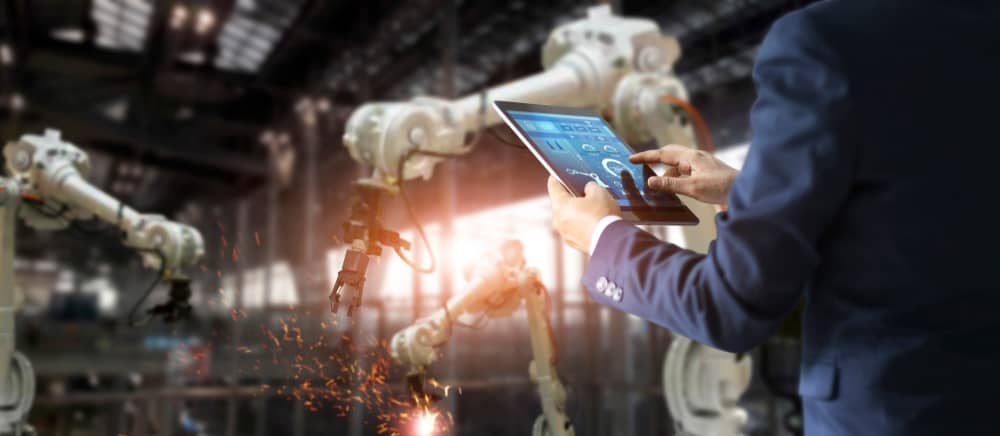
The digital transformation in manufacturing has occurred swiftly in recent years with the rise of automation and digital technology. Industries like oil and gas have leveraged the benefits of this change and have begun to rely more heavily on advanced technologies in areas including business, finance, and logistics. However, one area that has not experienced the full benefits of technology has been the factory floor.
Daily, the factory floor generates massive amounts of uncollected data from fastening, machining, and welding operations. The digital transformation in manufacturing processes has enabled manufacturers to analyze these data from the ground level. By monitoring operations on the factory floor, industries can better maintain their quality and efficiency.
Increasing Productivity Through the Digital Transformation in Manufacturing
Every aspect of manufacturing offers a data opportunity. However, the use of manual and mechanical operational systems on factory floors have made it difficult to collect the related data. The introduction of network-compatible equipment and tools as part of the digital transformation in manufacturing is poised to revolutionize traditional practices and drastically increase productivity, as fabrication process data can help manufacturers standardize and optimize operational processes.
With the advent of IoT (Internet-of-Things), modern tools and technologies are now more network-compatible, easier to operate, and offer more accessible data. In the welding industry, programmable welding robots can be monitored and optimized to achieve ideal weld results. The network compatibility of these modern tools also fosters interconnectivity between different operations. The robots, monitoring software system, and data storage system can be connected to gather real-time welding information. And since this data is accessible anytime from any part of the world, manufacturers can foster collaboration and informed decision-making.
Enhancing Manufacturing Practice With Automated Welding
In the welding world, smart, automated systems are rapidly increasing due to their many advantages. Significant advantages of automated welding, as compared to manual welding, include increased precision, quality, efficiency, and operational productivity. Not only does the automated system eliminate human error in welding, but it also fosters operational safety by its ability to access confined spaces as well as protect welders from harmful fumes.
More importantly, the integration of IoT and AI (artificial intelligence) allows these automated systems to improve quality and streamline welding processes.
- The interconnectivity of operational systems enables accessible data from anywhere. The ability to use and focus on the data of interest helps manufacturers develop an in-depth understanding for making informed decisions.
- Each welding parameter can be monitored remotely and in real-time; therefore, in case of any errors, data can reveal the root cause of the problem. This data-based analysis enables quality control.
- The automated system and its network compatibility and data collection capabilities can eliminate time-consuming manual data logging. By reducing this kind of operational waste, manufacturers can increase productivity and allow operators to focus on other areas.
Leveraging Data and Automation To Achieve Manufacturing 4.0
An automated system like orbital welding provides a reliable solution for improving quality and increasing productivity. With the integration of data and automation, industries can easily optimize their processes and improve operational efficiency. The data transparency offered by digital technology also fosters collaboration, which is an important aspect of crucial decision-making. The digital transformation of automated welding ensures the removal of operational waste and bottlenecks. The measurability of operational parameters on the factory floor enhances the quantitative analysis. With data-based analysis, industries can continuously set benchmarks and achieve standards with improved quality and productivity.
Arc Machines, Inc. is a leader in automated welding technology with decades of experience in providing advanced smart welding solutions for our clients. To learn more about how our advanced welding technologies can help in the digital transformation of your manufacturing process, contact AMI or reach out to us at sales@arcmachines.com.




